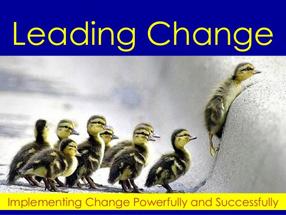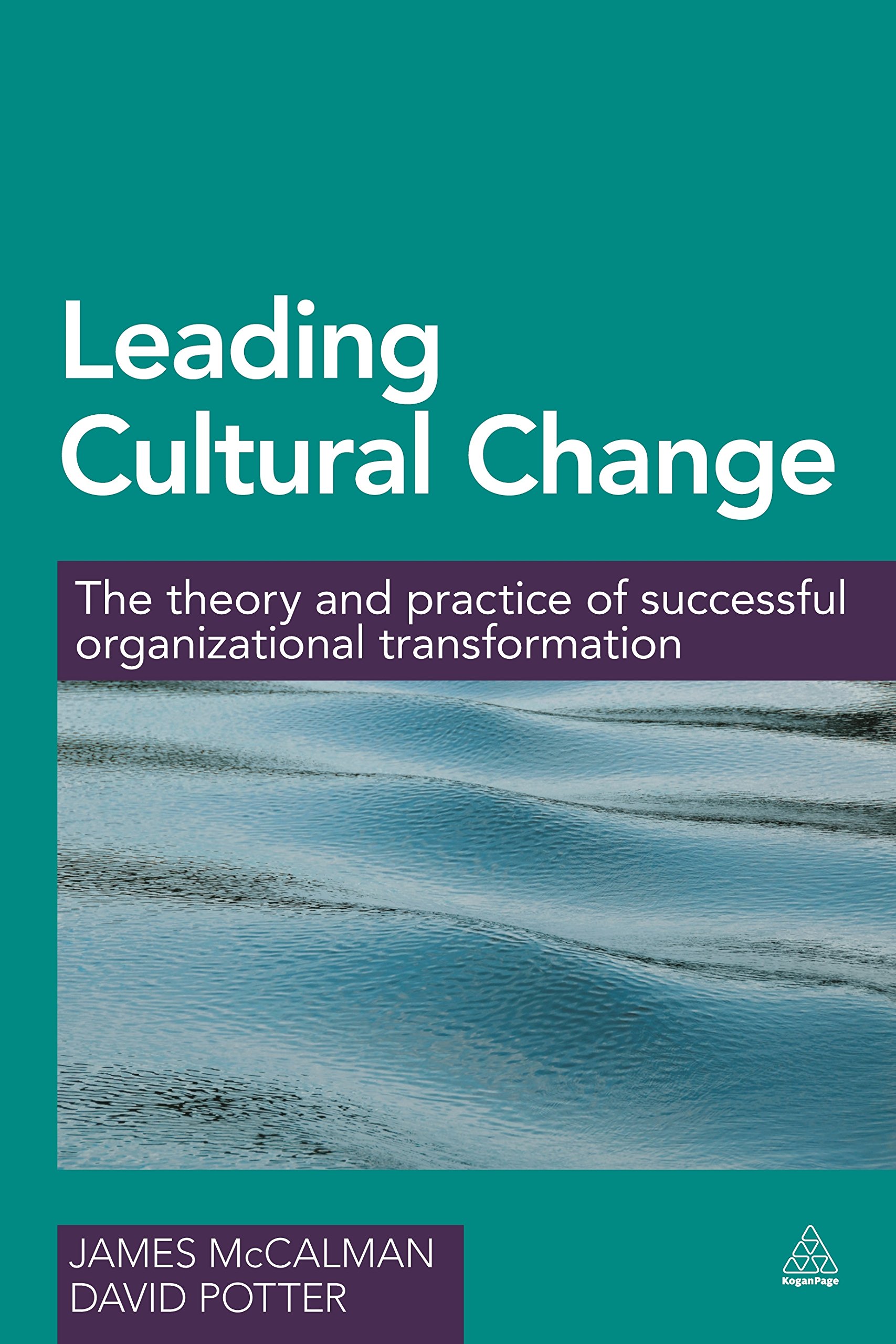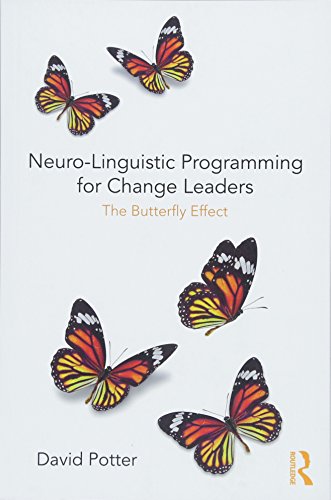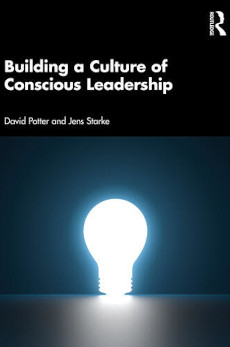NLP Certification for Change Leaders : Innovation and Technology Center University of Strathclyde

From CRASH to COACH State With NLP
We all experience disappointments in life that produce a mismatch between our actual ‘results’ and our ‘expectations’. This mismatch can be understood as a perceived ‘loss’ that has an immediate impact on our emotional states. We can automatically drift into CRASH state. This is a state of mind that can be understood as a variable degree of depression . It can produce anxiety, low energy, sadness, lack of motivation and a serious weakness in our positive outlook towards life in general.
When we move into CRASH state we can ‘Contract’ internally and socially. We may ‘React’ pessimistically. We often ‘Analyse’ our failures relentlessly. We can feel ‘Separate’ from others; less connected to them. And often we experience a sense of ‘Hurt’ and we either attribute blame to others, feel disappointed and let down , or we internalise responsibility and damage our self esteem .
We all experience aspects CRASH state from time to time. The problem for Managers is when CRASH state becomes the ‘dominant’ state it impacts on their attitude towards their role, their colleagues, them selves, their sense of mission, purpose and ambitions. This can produce a toxic reaction that can influence the quality of both their work and social life negatively. Unfortunately it can also lead to relationship and health issues.
At the extreme CRASH state can induce a collective state of ‘helplessness’ in a management team which drains them of their motivation to collaborate together authentically. They may retreat into a ‘task orientation’ , getting the job done is what matters ; the defensive mantra can be ‘we are too busy ‘ and they seek protective comfort in their ‘organisational silos’.
Unfortunately this phenomenon we call CRASH state can become the ‘Norm’ blinding management team’s to their potential to use their free agency to break free from CRASH state and move towards COACH state and create the culture they really want to belong to.
However, the good news is that it does not need to be this way. You can navigate your way towards COACH state in your self and produce Generative changes that stimulate COACH state throughout your management teams.
COACH state is a Mind set characterised by a high degree of ‘optimism’ whilst CRASH state is characterised by a high degree of ‘pessimism’. When we are in COACH state we feel ‘Connected ‘ to our colleagues, customers and the purpose, vision and mission of our organisation. We are ‘Open’ to sharing our vulnerability with others and we are ‘Open’ to new ideas and contrasting points of view. In COACH state we are ‘Attentive’ to our own needs and importantly the needs of others. We often feel ‘Confident’ about our roles, our futures and our relationship as we enjoy a sense of feeling ‘Centred’. Finally , when in COACH state we can ‘Hold’ difficult feelings , audit these internally and change the ‘thought patterns’ that produce the toxic mindsets that are stimulating CRASH.
Some of the key reasons that we move into CRASH state are explained by the Psychologist Martin E.P. Seligman PhD. He offers a framework that is very practical and easily understood. Basically Seligman argues that ‘Pessimism’ generates ‘Toxic’ attitudes and ’emotional states’ that as a Corporate NLP Trainer I interpret as CRASH state. His framework consists of four key dimensions:
- Permanence:
- Pervasiveness
- Personalisation
- Hope
The first dimension, Permanence relates to the degree to which we attribute a set back, or a success as either a permanent feature of our life, or a temporary occurrence.
The second dimension relates to the degree to which we attribute a set back, or a success to our life in general. For example if we experience a set back do we move into CRASH state inducing lack of motivation in many aspects of our lives; or do we contain it to the specific occurrence? The same principle applies to a success we may enjoy.
The third dimension relates to the degree to which we attribute the cause for a set back to others, or alternatively internalise accountability recognising our part in the creating the setback. Again the same principle applies to successful events.
The fourth dimension relates to the degree of ‘hope’ we generate when facing challenges. Put simply, when we face a Corporate Change Project for example do we view this through a optimistic lens or a pessimistic lens?
We can objectively ‘Measure’ our position relative to each dimension using an approach developed by Professor Seligman. And using NLP Applications we can identify the ‘Meta-programs’ we run in our minds that orientate us towards experiences that generate CRASH state. We can ‘Learn how To be Optimistic’ across all four dimensions. We can generate COACH state and in doing so transform our :
energy levels
motivational capacities
the quality of our relationships
Collaborative experiences
Connection to ourselves, others, organisational mission, vision,purpose and ambitions
Openness to learning new ideas and ways of doing things
Confidence to influence change outcomes
Self conception and organisational conception
We have developed ‘NLP Certification for Change Leaders’, a Chartered Management Institute (CMI) recognised programme http://www.managers.org.uk/ to provide Managers with the practical strategies they can use to develop the ‘intra personal’ and ‘interpersonal’ skills they need to induce COACH state in themselves and in others. We have developed ‘ NLP Certification for Change Leaders’ to share with managers the skills we learned from modeling world class experts in Personal and Group Change both here in the U.K. and from NLPU University of California birth place of the Global NLP movement.
So join us on Thursday 12th October www.nlpforchangeleaders.eventbrite.co.uk to explore this exciting way to develop Conscious Leadership Skills.




